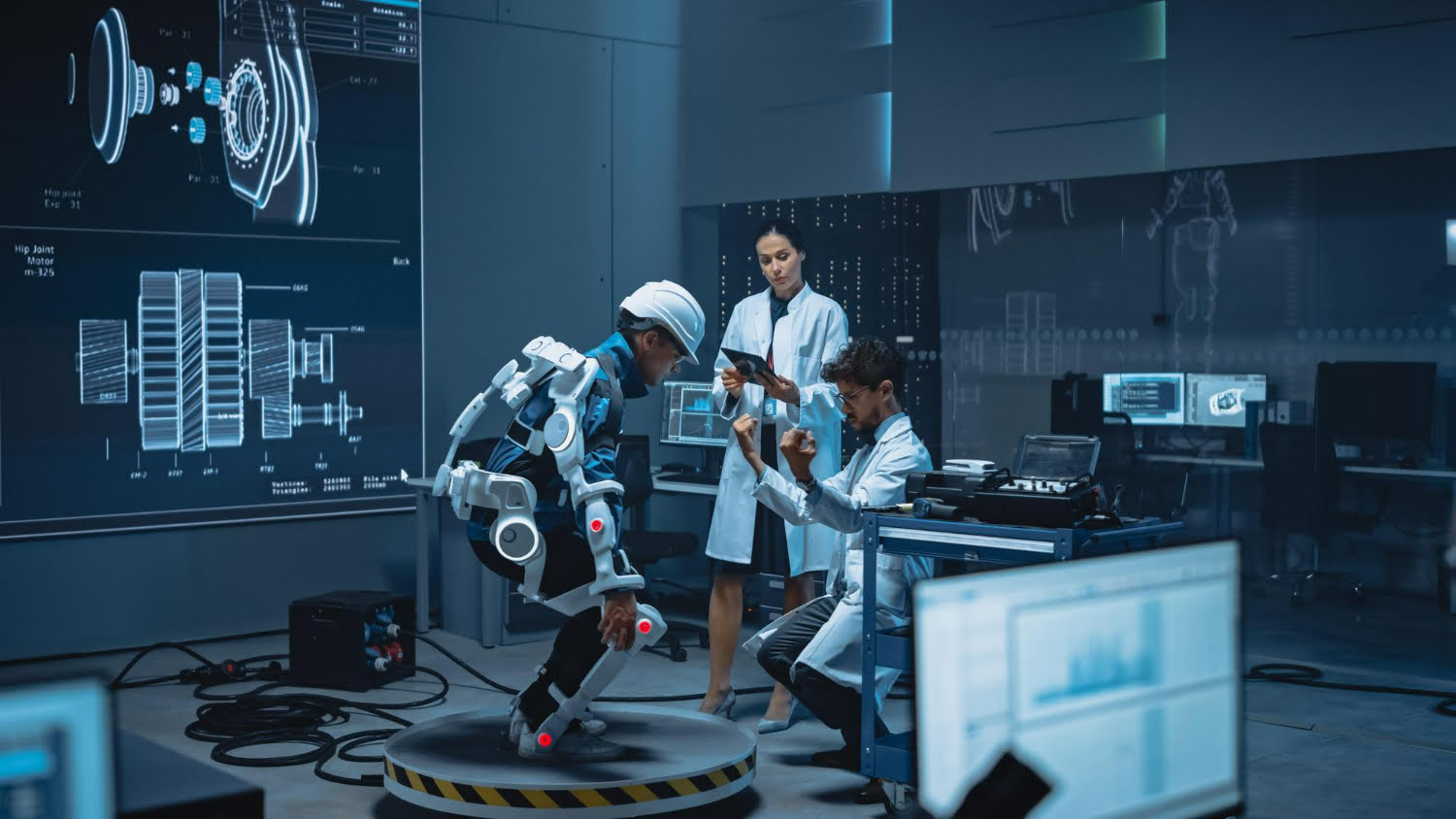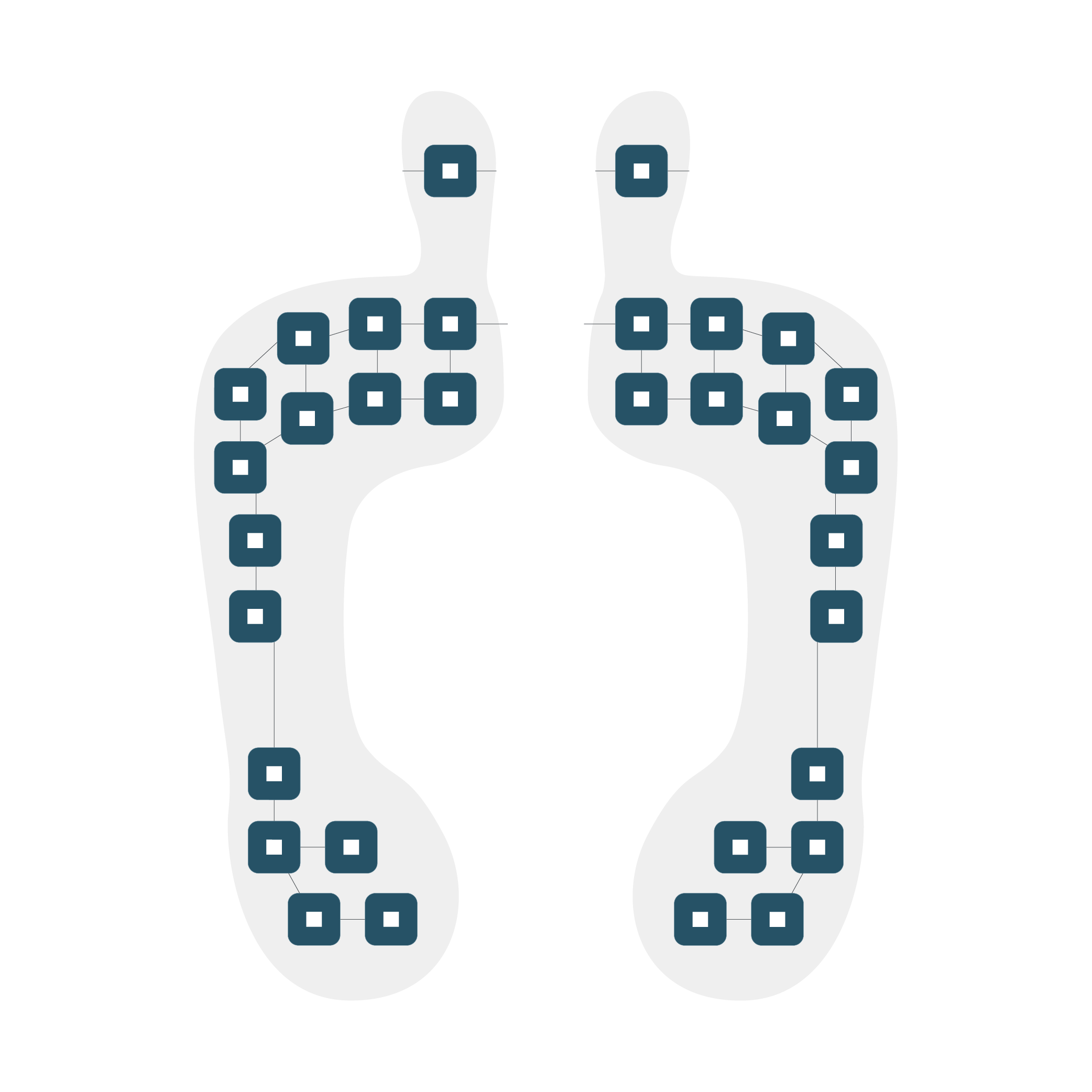Sensors are essential for translating theoretical research into practical uses in product development. These gadgets, which can recognize and react to physical stimuli, have advanced dramatically over time and sparked innovation in a wide range of sectors.
We will examine the history of research sensor technology from its foundations to its present uses, highlighting its vital role in bridging the knowledge gap between academic research and real-world product creation.
Evolution of Sensor Technology
The development of sensor technology can be traced back to its modest origins when primitive types of sensors performed simple tasks. Thanks to developments in materials science, miniaturization, and integration with digital technologies over the years, sensors are now at the forefront of contemporary innovation.
Sensors have undergone transformational advancements historically. From the invention of the mercury thermometer in the 17th century to the development of solid-state and microelectromechanical systems (MEMS) sensors in recent decades, each milestone has expanded the capabilities and applications of sensor technology.
Technological breakthroughs such as the advent of integrated circuits and the rise of the Internet of Things (IoT) have further accelerated sensor capabilities. Today, modular sensor systems are integral to everyday life. They are found in smartphones, home appliances, medical devices, and automotive systems, among others. These advancements underscore the dynamic nature of sensor technology and its profound impact on shaping modern society.
Types and Applications of Sensors in Product Development
The versatility of sensor systems at 221e Srl enables their deployment across diverse industries, each with unique requirements and challenges.
- Environmental Sensors are crucial for monitoring and controlling parameters such as temperature, humidity, and air quality. In agriculture, these sensors optimize irrigation schedules and enhance crop yield by providing real-time data about soil moisture and nutrient levels. Similarly, in smart homes and HVAC systems, environmental sensors contribute to energy efficiency and indoor comfort.
- Biomedical Sensors have revolutionized healthcare by enabling continuous monitoring of vital signs, glucose levels, and other physiological parameters. Wearable health devices equipped with biosensors allow patients to manage chronic conditions more effectively while providing healthcare professionals with actionable data for personalized treatment plans.
- Automotive Sensors In the automotive industry, sensors are essential in vehicle safety, efficiency, and autonomy. From basic proximity sensors to advanced LiDAR (Light Detection and Ranging) and radar systems, sensors enable autonomous driving technologies by detecting obstacles, monitoring road conditions, and facilitating adaptive cruise control systems.
- Industrial Sensors, which are integral to manufacturing processes, supporting automation, quality control, and predictive maintenance initiatives. Sensors embedded in machinery and production lines collect data on performance metrics, enabling proactive maintenance schedules and minimizing downtime. Machine vision systems powered by sensors ensure precise assembly and inspection in manufacturing operations.
Challenges in Sensor Integration
Technical Challenges
In the rapidly advancing world of sensor technology, developers face a myriad of daunting challenges. Technical issues like high power consumption, accuracy concerns, and reliability in harsh environments threaten to derail progress. For example, wearable motion sensors must operate efficiently while maintaining precision and durability in industrial settings or remote monitoring applications.
Regulatory and Ethical Considerations
Compliance with industry standards and regulations, such as FDA approval for medical devices, imposes stringent requirements on sensor developers. Moreover, addressing privacy concerns associated with IoT devices and data security is a crucial concern in sensor deployment.
Cost-effectiveness
The cost of developing and integrating high-quality sensors is another substantial barrier, particularly for smaller companies or startups with limited resources. Balancing performance requirements with cost-effectiveness is crucial for widespread adoption across different markets.
Interoperability
Ensuring compatibility and interoperability between different sensor types and systems can be challenging, particularly in complex environments where multiple sensors from various manufacturers need to work together seamlessly.
Data Management and Integration
Handling large volumes of sensor data and integrating it into existing systems or analytics platforms poses significant challenges. Data management includes issues such as data storage, transmission bandwidth, real-time processing capabilities, and ensuring data integrity and reliability.
Environmental Durability
Sensors deployed in harsh environments (e.g., extreme temperatures, high humidity, corrosive atmospheres) must withstand these conditions without compromising accuracy or reliability over time. Developing sensors that are robust enough to maintain performance in such environments can be technically demanding.
Calibration and Maintenance
Sensors require periodic calibration to ensure measurement accuracy and reliability. Implementing reliable calibration procedures and managing maintenance schedules are critical to sustaining sensor performance over their operational lifespan.
Standardization and Certification
Lack of standardized protocols and certification processes can create barriers to market entry for sensor developers. Establishing industry-wide standards and certification frameworks can facilitate interoperability, ensure quality control, and enhance consumer trust.
Power Supply and Energy Efficiency
Powering modular sensor platforms, especially those deployed in remote or mobile applications, can be challenging. Developing energy-efficient sensors that can operate on limited power sources or harvest energy from the environment (e.g., solar, kinetic) remains an ongoing challenge.
Scalability and Flexibility
Designing sensors that are scalable across different applications and adaptable to evolving technological needs requires some foresight and innovation. Sensors that are easily upgraded or reconfigured to meet changing requirements offer a competitive advantage in dynamic markets.
Case Studies: Sensor Innovations in Product Development
- Smart Agriculture The integration of custom AI solution sensors for soil moisture and other environmental monitors in precision agriculture has revolutionized farming practices. By optimizing irrigation schedules and nutrient management, farmers can enhance crop productivity while conserving resources and reducing environmental impact.
- Wearable Health Technology Biosensors embedded in wearable devices enable continuous health monitoring outside traditional healthcare settings. For example, continuous glucose monitors provide real-time data to diabetes patients, empowering them to make informed decisions about diet and medication.
- Autonomous Vehicles Autonomous vehicles rely on sophisticated sensor networks to perceive and navigate the surrounding environment. These sensors enable features like lane-keeping assistance, adaptive cruise control, and collision avoidance, paving the way for safer and more efficient transportation systems.
Future Trends and Innovations
Looking ahead, the future of sensor technology holds promising advancements and innovations:
- Emerging Sensor Technologies Emerging technologies such as predictive maintenance sensors are poised to revolutionize sensing capabilities. Quantum sensors offer unprecedented sensitivity and precision, while predictive sensors anticipate maintenance needs and operational anomalies, optimizing asset management and reliability.
- Integration with Artificial Intelligence: Integrating sensors with artificial intelligence (AI) promises enhanced data analytics capabilities. AI algorithms can interpret sensor data in real time, enabling predictive insights and autonomous decision-making across various applications, from predictive maintenance to personalized healthcare.
Conclusion
Research sensors serve as the linchpin that translates theoretical research into practical applications across diverse industries. From enhancing environmental monitoring and revolutionizing healthcare to enabling autonomous vehicles and streamlining manufacturing processes, sensors empower innovation and drive societal progress. While challenges persist in sensor integration, ongoing advancements in technology and regulatory frameworks promise to overcome these barriers, unlocking new opportunities for sensor-driven solutions in the global marketplace.

